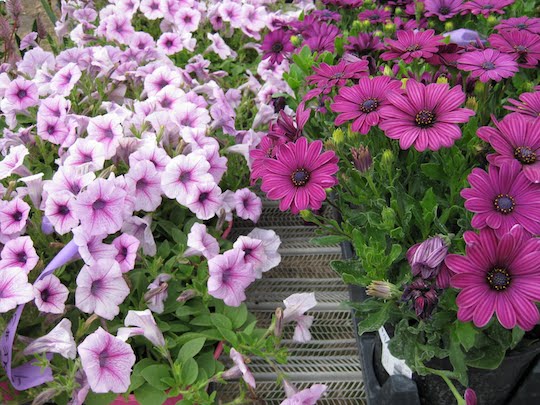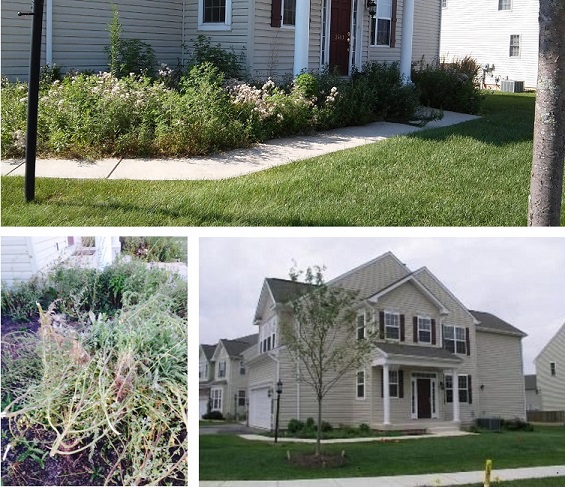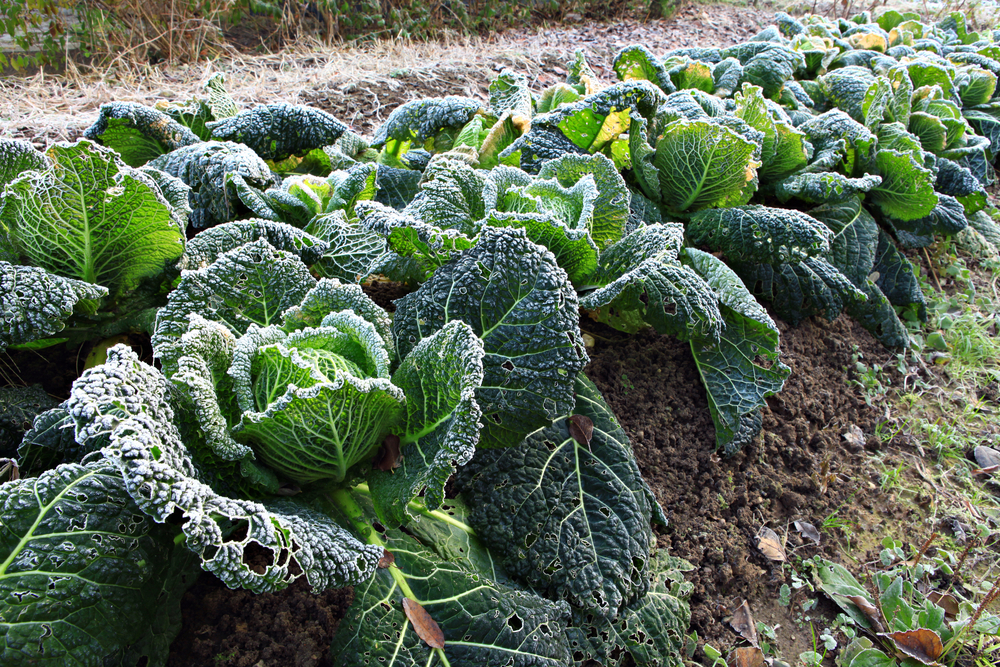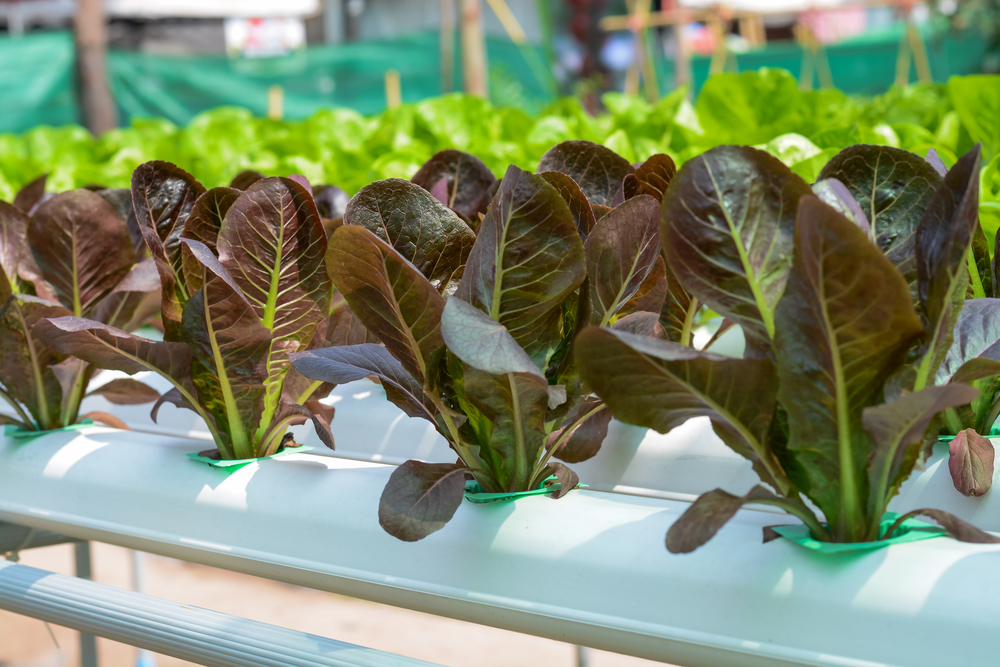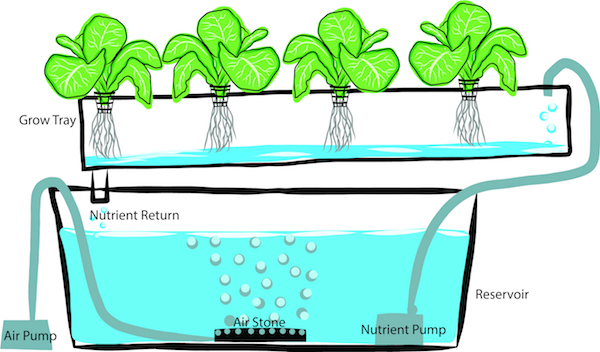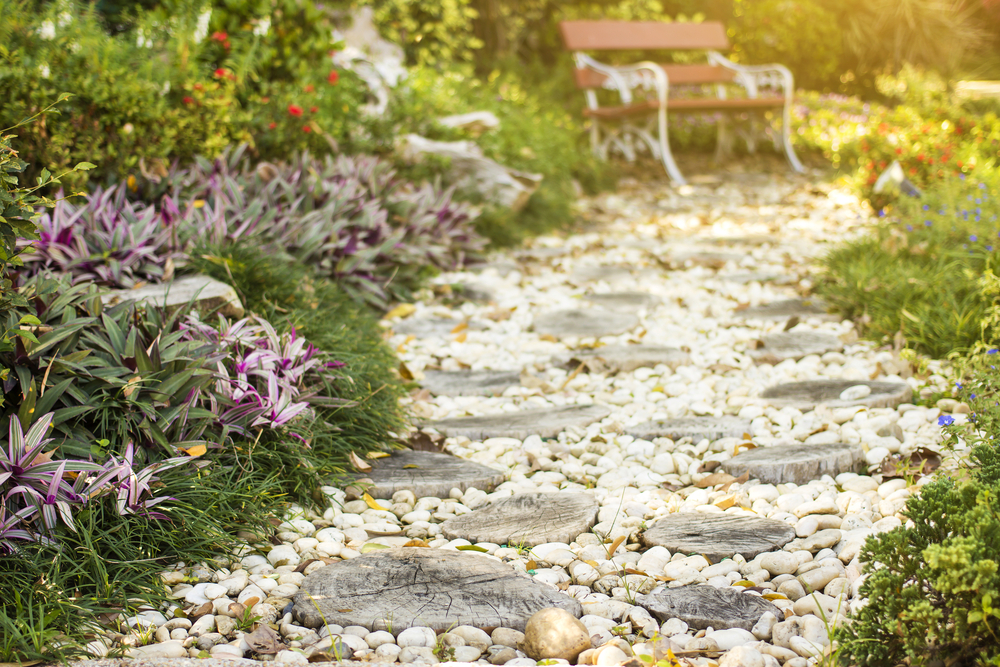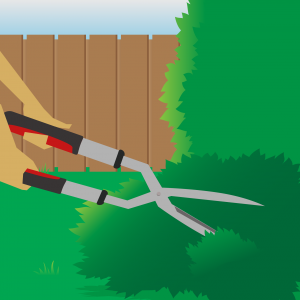
Unlike cutting your Christmas tree or small bushes around the house, tree trimming operations can be dangerous and can involve climbing and pruning with power tools. For some trees, an aerial lift may be required to reach the taller branches, putting you at risk for falls or electrocution if there are nearby power lines. That’s why it’s helpful to keep these safety measures in mind if you plan to trim a tree on your own.
Note: Tree trimming can be hazardous so be certain to consider professional assistance before tackling this task.
– Pre-work Assessment
You should examine the worksite for any hazards, pay extra attention to any area with nearby power lines. It’s important to estimate the felling zone, leaving ample room for the tree, and redirect the tree, so it falls out of the way of obstacles. Any tools that you’ll use should be inspected to make sure they operate correctly and efficiently.
– Tree Inspection
Trees should be checked thoroughly, as the job varies depending on the size and kind of tree. If the tree leans in one direction, this will play a significant role in determining which direction the tree will fall. The trunk should also be checked for any knot holes, cracks, or signs of rot that could hinder the process. If the tree has interlocking branches with another tree, they must be removed prior to felling. Any local fauna should also be considered, such as insects, snakes, mammals; you should also note any plant growth on the tree.
– Inclement Weather
Plan the job ahead and be sure to work in optimal weather conditions. Risk increases with inclement weather. So, in cases of wind, snow, hail, or any other hazardous weather conditions, reschedule for a better day. In addition, if you are prone to heat cramps/syncope/ exhaustion/stroke or any other heat-related illnesses, be sure to take extra precautions – especially on humid days.
– Locating Escape Areas
Before starting the cutting process, be sure to designate your escape areas, safe locations to stand after you’ve made the back cut and the tree is beginning to fall. To determine the escape areas and prevent any serious injury or death, first reconize the danger zones. The first danger zone is in a semi-circle, half the diameter of the tree towards the direction of the fall. The second danger zone is one-quarter of the diameter of the tree that is in the opposite direction of the directed fall. These two areas must be avoided when operating. The escape areas lie between the danger zones.
– Power Lines
Assume all power lines nearby are energized. If necessary, contact the utility company to discuss possible de-energizing and grounding of power lines. Only trained and experienced line-clearance tree trimmers can do tree trimming or removal work within 10 feet of a power line. Some other cautions that can be taken around power lines include using proper ropes with correct carriers/hooks for raising and lowering equipment, using pull ropes to prevent branches from falling onto power lines, and using nonconductive tools and equipment.
– Tools
The chainsaw is among the most common tool used. Other key cutting tools include rope saws, pole pruners/loppers, and folding pruners.
For operating a chainsaw, be sure to read the manual before attempting to operate. Some guidelines include:
1. Stay alert as chainsaw work can be exhausting
Turn the engine off when carrying a chainsaw
Kickback is also a major concern when operating chainsaws. Kickback happens when the chain at the end of the bar comes into contact with a hard object or when the teeth of the saw are pinched in the wood, which causes the saw to kick backwards and upwards, where it can hit you. To reduce kickback, be sure to not limit cutting to the upper section of the bar, but insert the saw fully. Furthermore, when cutting, stand at an angle with a firm balance, so if the saw kicks back, it will avoid your neck and head. Many chainsaws made after 1995 have anti-kickback devices installed within them. If your chainsaw lacks one or are looking for a new chainsaw, you can purchase a best-selling WORX WG303.1 16-Inch Chain Saw on Amazon for $92.87 as of July 18, 2016.
– Protective Equipment
OSHA regulations require head, eye, face, hearing, leg, and foot gear before operating chainsaws, with additional equipment as required by the different debris and poisons:
– Fall Protection
To avoid injury from falling, be sure to use ropes and harnesses to anchor yourself whenever possible and avoid free-climbing, but never anchor or tie yourself to the limb or branch that you are cutting. Be sure to position yourself only on limbs that can support your weight and that are close to the trunk. Limbs that are cut should be removed from the tree, so you don’t accidentally use them for support when descending. If any ladders are used, they should be tied into the tree. Safety lines should be kept away from chainsaws and other cutting equipment to prevent them from being cut. Extra caution should be exercised on slopes.
– Teamwork
It is important to work with another person. That way there is one person who stays on the ground and another who climbs. In an emergency situation, both individuals should have first aid and CPR training.
– Alert and Caution
Finally, tree trimming accidents can lead to serious injury or death, so stay alert and cautious at all times. If you aren’t prepared to handle the risk or lack the necessary experience, contact a service professional instead. Let TalkLocal find you the professional you need.
—
The owner of this website is a participant in the Amazon Services LLC Associates Program, an affiliate advertising program designed to provide a means for sites to earn advertising fees by advertising and linking to Amazon properties including, but not limited to, amazon.com, endless.com, myhabit.com, smallparts.com, or amazonwireless.com.


